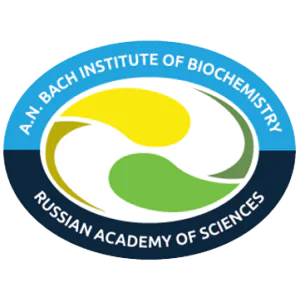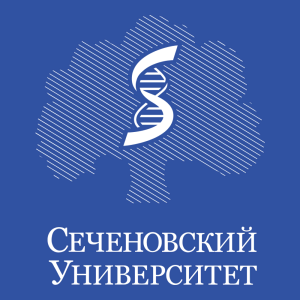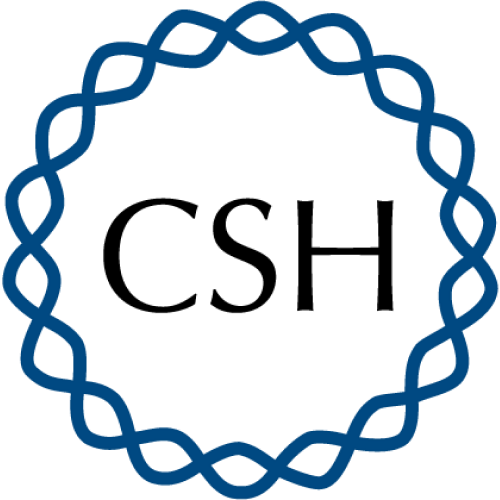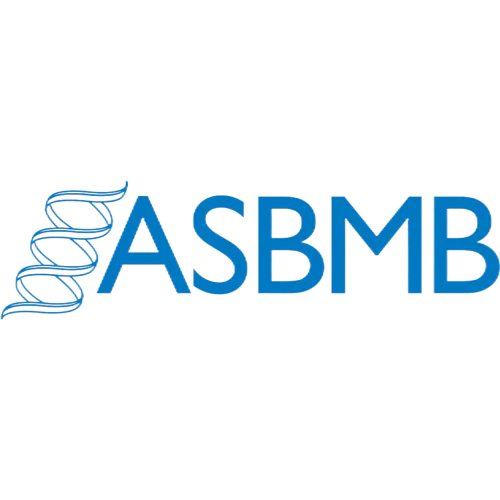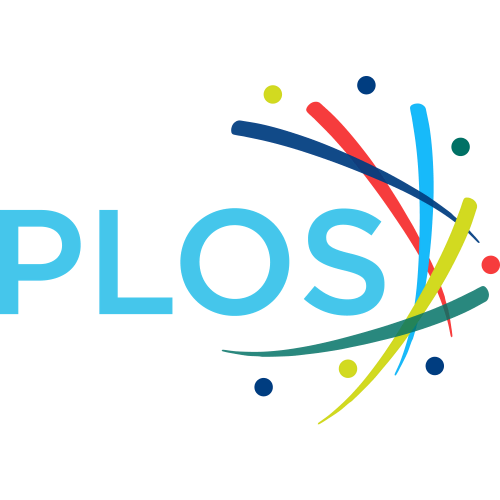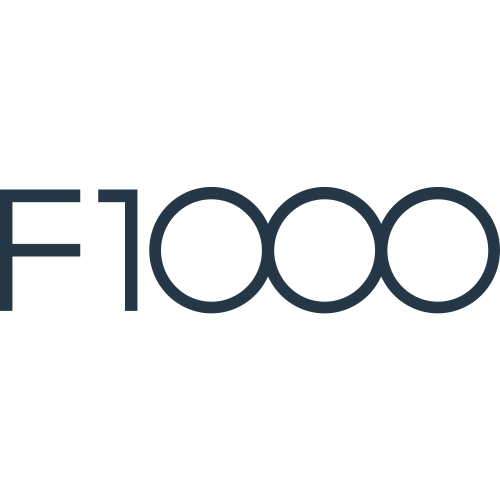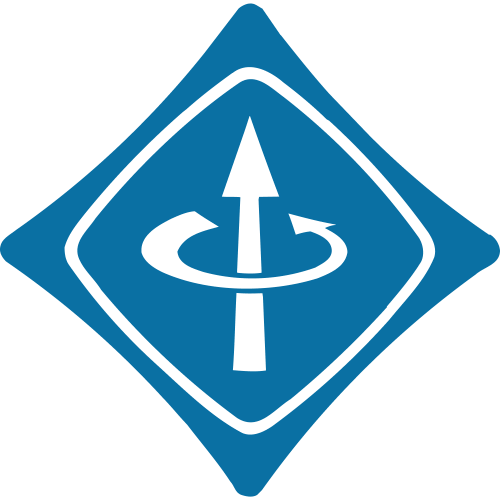The Mechanism of SARS-CoV-2 Nucleocapsid Protein Recognition by the Human 14-3-3 Proteins
Dorothy E D P Hawkins
2
,
Jake L R Smith
2
,
Oliver W Bayfield
2
,
De-Sheng Ker
2
,
Andrey A. Sysoev
1
,
A.A. Antson
2
,
1
Publication type: Journal Article
Publication date: 2021-04-01
scimago Q1
wos Q2
SJR: 2.215
CiteScore: 10.1
Impact factor: 4.5
ISSN: 00222836, 10898638
PubMed ID:
33556408
Molecular Biology
Structural Biology
Abstract
The coronavirus nucleocapsid protein (N) controls viral genome packaging and contains numerous phosphorylation sites located within unstructured regions. Binding of phosphorylated SARS-CoV N to the host 14-3-3 protein in the cytoplasm was reported to regulate nucleocytoplasmic N shuttling. All seven isoforms of the human 14-3-3 are abundantly present in tissues vulnerable to SARS-CoV-2, where N can constitute up to ~1% of expressed proteins during infection. Although the association between 14-3-3 and SARS-CoV-2 N proteins can represent one of the key host-pathogen interactions, its molecular mechanism and the specific critical phosphosites are unknown. Here, we show that phosphorylated SARS-CoV-2 N protein (pN) dimers, reconstituted via bacterial co-expression with protein kinase A, directly associate, in a phosphorylation-dependent manner, with the dimeric 14-3-3 protein, but not with its monomeric mutant. We demonstrate that pN is recognized by all seven human 14-3-3 isoforms with various efficiencies and deduce the apparent KD to selected isoforms, showing that these are in a low micromolar range. Serial truncations pinpointed a critical phosphorylation site to Ser197, which is conserved among related zoonotic coronaviruses and located within the functionally important, SR-rich region of N. The relatively tight 14-3-3/pN association could regulate nucleocytoplasmic shuttling and other functions of N via occlusion of the SR-rich region, and could also hijack cellular pathways by 14-3-3 sequestration. As such, the assembly may represent a valuable target for therapeutic intervention.
Found
Nothing found, try to update filter.
Found
Nothing found, try to update filter.
Top-30
Journals
|
1
2
3
4
5
|
|
|
bioRxiv
5 publications, 5.88%
|
|
|
Wellcome Open Research
3 publications, 3.53%
|
|
|
Frontiers in Immunology
3 publications, 3.53%
|
|
|
International Journal of Biological Macromolecules
3 publications, 3.53%
|
|
|
Journal of Biological Chemistry
3 publications, 3.53%
|
|
|
Journal of Molecular Biology
2 publications, 2.35%
|
|
|
PeerJ
2 publications, 2.35%
|
|
|
Virology Journal
2 publications, 2.35%
|
|
|
Frontiers in Microbiology
2 publications, 2.35%
|
|
|
Science advances
2 publications, 2.35%
|
|
|
PLoS Pathogens
2 publications, 2.35%
|
|
|
Biochemical and Biophysical Research Communications
2 publications, 2.35%
|
|
|
Journal of Proteome Research
2 publications, 2.35%
|
|
|
Nature Communications
2 publications, 2.35%
|
|
|
Molecular and Cellular Proteomics
1 publication, 1.18%
|
|
|
Viruses
1 publication, 1.18%
|
|
|
Diagnostics
1 publication, 1.18%
|
|
|
Frontiers in Pharmacology
1 publication, 1.18%
|
|
|
Cell Biochemistry and Biophysics
1 publication, 1.18%
|
|
|
Informatics in Medicine Unlocked
1 publication, 1.18%
|
|
|
ACS Central Science
1 publication, 1.18%
|
|
|
Journal of Structural Biology
1 publication, 1.18%
|
|
|
Trends in Microbiology
1 publication, 1.18%
|
|
|
Molecular Therapy - Nucleic Acids
1 publication, 1.18%
|
|
|
Journal of Cellular and Molecular Medicine
1 publication, 1.18%
|
|
|
Pharmacology Research and Perspectives
1 publication, 1.18%
|
|
|
Protein Science
1 publication, 1.18%
|
|
|
ACS Measurement Science Au
1 publication, 1.18%
|
|
|
Biochimie
1 publication, 1.18%
|
|
|
1
2
3
4
5
|
Publishers
|
2
4
6
8
10
12
14
16
18
20
|
|
|
Elsevier
19 publications, 22.35%
|
|
|
Cold Spring Harbor Laboratory
17 publications, 20%
|
|
|
Frontiers Media S.A.
8 publications, 9.41%
|
|
|
Springer Nature
7 publications, 8.24%
|
|
|
American Chemical Society (ACS)
5 publications, 5.88%
|
|
|
Wiley
5 publications, 5.88%
|
|
|
F1000 Research
3 publications, 3.53%
|
|
|
MDPI
3 publications, 3.53%
|
|
|
Oxford University Press
3 publications, 3.53%
|
|
|
American Society for Biochemistry and Molecular Biology
2 publications, 2.35%
|
|
|
PeerJ
2 publications, 2.35%
|
|
|
American Association for the Advancement of Science (AAAS)
2 publications, 2.35%
|
|
|
Public Library of Science (PLoS)
2 publications, 2.35%
|
|
|
Taylor & Francis
1 publication, 1.18%
|
|
|
American Society for Microbiology
1 publication, 1.18%
|
|
|
Research Square Platform LLC
1 publication, 1.18%
|
|
|
Institute of Electrical and Electronics Engineers (IEEE)
1 publication, 1.18%
|
|
|
Rockefeller University Press
1 publication, 1.18%
|
|
|
Pleiades Publishing
1 publication, 1.18%
|
|
|
Proceedings of the National Academy of Sciences (PNAS)
1 publication, 1.18%
|
|
|
2
4
6
8
10
12
14
16
18
20
|
- We do not take into account publications without a DOI.
- Statistics recalculated weekly.
Are you a researcher?
Create a profile to get free access to personal recommendations for colleagues and new articles.
Metrics
85
Total citations:
85
Citations from 2024:
33
(38.82%)
Cite this
GOST |
RIS |
BibTex |
MLA
Cite this
GOST
Copy
Tugaeva K. V. et al. The Mechanism of SARS-CoV-2 Nucleocapsid Protein Recognition by the Human 14-3-3 Proteins // Journal of Molecular Biology. 2021. Vol. 433. No. 8. p. 166875.
GOST all authors (up to 50)
Copy
Tugaeva K. V., Hawkins D. E. D. P., Smith J. L. R., Bayfield O. W., Ker D., Sysoev A. A., Klychnikov O. I., Antson A., Sluchanko N. N. The Mechanism of SARS-CoV-2 Nucleocapsid Protein Recognition by the Human 14-3-3 Proteins // Journal of Molecular Biology. 2021. Vol. 433. No. 8. p. 166875.
Cite this
RIS
Copy
TY - JOUR
DO - 10.1016/j.jmb.2021.166875
UR - https://doi.org/10.1016/j.jmb.2021.166875
TI - The Mechanism of SARS-CoV-2 Nucleocapsid Protein Recognition by the Human 14-3-3 Proteins
T2 - Journal of Molecular Biology
AU - Tugaeva, Kristina V
AU - Hawkins, Dorothy E D P
AU - Smith, Jake L R
AU - Bayfield, Oliver W
AU - Ker, De-Sheng
AU - Sysoev, Andrey A.
AU - Klychnikov, Oleg I.
AU - Antson, A.A.
AU - Sluchanko, Nikolai N.
PY - 2021
DA - 2021/04/01
PB - Elsevier
SP - 166875
IS - 8
VL - 433
PMID - 33556408
SN - 0022-2836
SN - 1089-8638
ER -
Cite this
BibTex (up to 50 authors)
Copy
@article{2021_Tugaeva,
author = {Kristina V Tugaeva and Dorothy E D P Hawkins and Jake L R Smith and Oliver W Bayfield and De-Sheng Ker and Andrey A. Sysoev and Oleg I. Klychnikov and A.A. Antson and Nikolai N. Sluchanko},
title = {The Mechanism of SARS-CoV-2 Nucleocapsid Protein Recognition by the Human 14-3-3 Proteins},
journal = {Journal of Molecular Biology},
year = {2021},
volume = {433},
publisher = {Elsevier},
month = {apr},
url = {https://doi.org/10.1016/j.jmb.2021.166875},
number = {8},
pages = {166875},
doi = {10.1016/j.jmb.2021.166875}
}
Cite this
MLA
Copy
Tugaeva, Kristina V., et al. “The Mechanism of SARS-CoV-2 Nucleocapsid Protein Recognition by the Human 14-3-3 Proteins.” Journal of Molecular Biology, vol. 433, no. 8, Apr. 2021, p. 166875. https://doi.org/10.1016/j.jmb.2021.166875.

